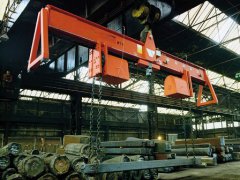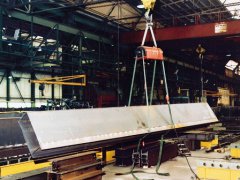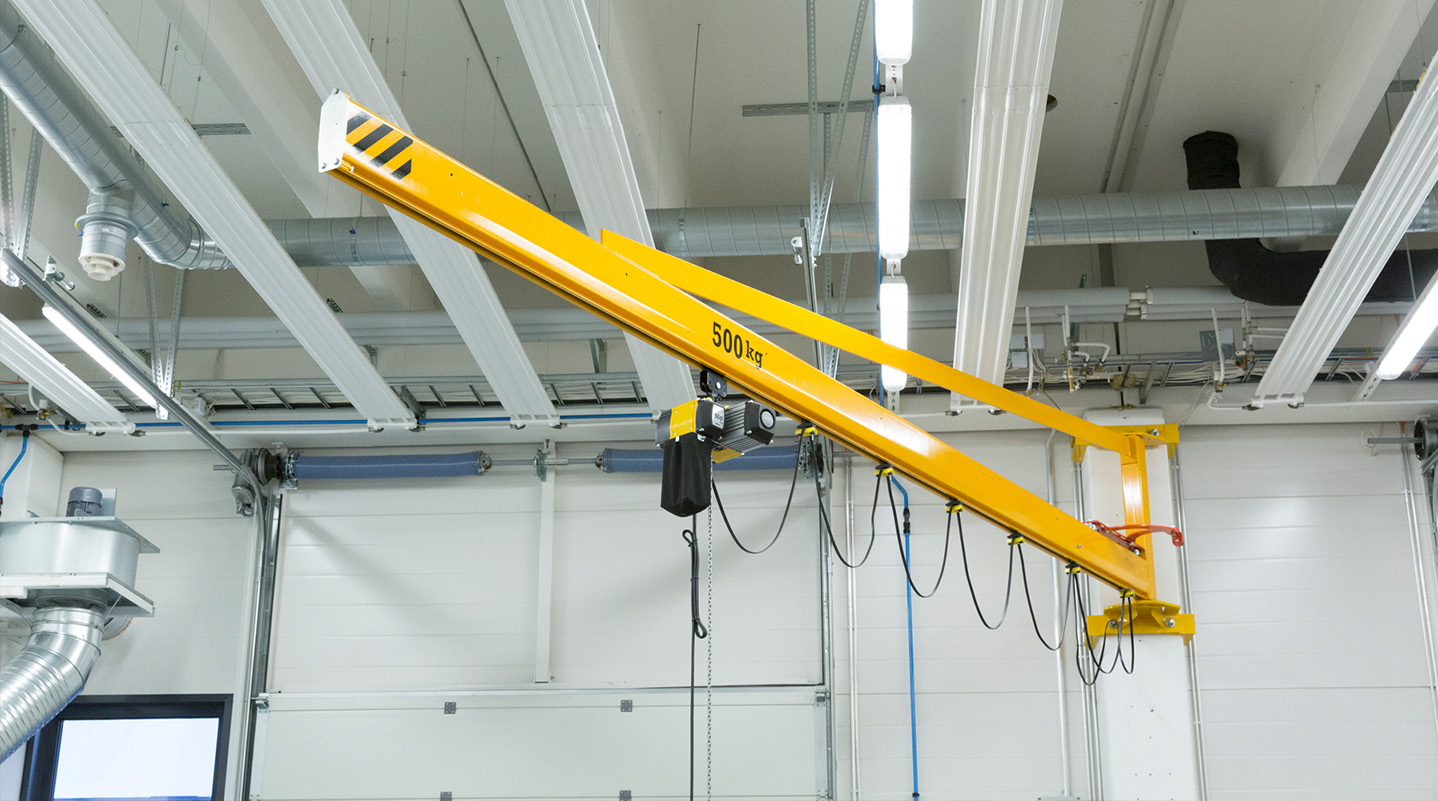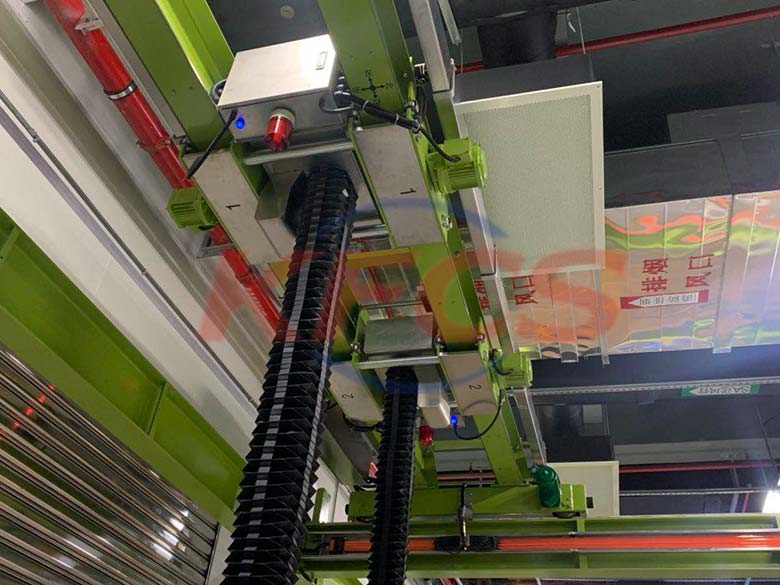Experimental clean room workshop solution
In order to ensure the safety of long-term experiments on drugs and food and the reliability of pathological research results, laboratory animals are required to be fed in a clean room environment. From the perspective of controlling microorganisms, laboratories such as medicine and biology can be divided into four levels and three categories. The corresponding animal biosafety laboratories are represented by absl-1, ABSL-2, absl-3 and absl-4. Absl-1 and ABSL-2 are basic laboratories, absl-3 is protection laboratory and absl-4 is high-level protection laboratory; The requirements of absl-1 are relatively low, and the requirements of absl-4 are relatively high. Absl-4 can be divided into three types: safety cabinet type, positive pressure clothing type and mixed type. Level II biosafety laboratory implements level I barrier or level II barrier, and level III and level IV biosafety laboratories implement level I barrier or level II barrier at the same time. All levels of barriers have different parameter requirements
Taking the secondary barrier as an example, the technical indicators of the four levels of laboratories: there is no requirement for class I cleanliness, there is no requirement for the lower limit of ventilation times, windows can be opened, there is no requirement for a small negative pressure difference between adjacent outdoor rooms, the temperature is 18 ~ 28 ℃, the relative humidity is ≤ 78%, the noise is ≤ 60dB, and the illumination must be higher than 200,; There is no requirement for class II cleanliness and the lower limit of air exchange rate. Windows can be opened. There is no requirement for the negative pressure difference of outdoor rooms connected with adjacent rooms. The temperature is 18 ~ 27 ℃, the relative humidity is 30 ~ 60%, the noise is ≤ 60dB, and the illumination must be higher than 300; Class III cleanliness: 7 or 8, ventilation rate: 15 or 12, negative pressure difference between adjacent outdoor rooms: - 10, temperature: 18 ~ 25 ℃, relative humidity: 30 ~ 60%, noise ≤ 60dB, illumination must be higher than 350; Class IV cleanliness: 7 or 8, ventilation rate: 15 or 12, negative pressure difference between adjacent outdoor rooms is - 10, temperature is 18 ~ 24 ℃, relative humidity is 30 ~ 60%, noise ≤ 60dB, and illumination must be higher than 350.
Quality control of laboratory clean room workshop
Clean room workshop laboratory is a very important production and research place in the food and drug industry. In the production of food and medicine, because the inspection results of microorganisms will be affected by a large number of factors such as temperature and humidity, enterprises will provide a stable operating environment for the research of medicine and food through the construction of clean room project. The pharmaceutical clean engineering laboratory can not only ensure the stability of the laboratory operating environment, but also speed up the inspection, reduce the experimental deviation and improve the accuracy of the inspection results. Therefore, it is very important to test and verify the clean workshop laboratory scientifically. The following will explain in detail how to control the quality of the laboratory in the microbial clean workshop.
The quality improvement of the laboratory in the microbial clean workshop can be controlled from the confirmation of laboratory parameters. The specific method is to arrange professionals to test the microbial medical cleaning project, including suspended particles in the air, settling bacteria, test table and staff clothes. At the same time, the high-efficiency filter in the clean room project should be tested regularly every two years to ensure the stability of its wind speed, noise, temperature, humidity and differential pressure. Generally speaking, the differential pressure between different clean workshop levels should not be less than 10Pa.
The quality improvement of the laboratory in the microbial clean room workshop can also be controlled from the requirements of operators. In the medical cleaning project, the operators of the laboratory should receive aseptic operation training before half of their posts. Everyone should understand how to carry out bacteria free operation in the clean room project, and master microbial inspection methods and identification techniques. After training, these operators must pass the examination before operation, Otherwise, you need to enter the continuing education link, that is, all inspectors in the clean workshop laboratory must be able to strictly abide by the operating procedures and specifications.
The improvement of laboratory quality of microbial clean workshop can also be carried out from the frequency and methods of monitoring items. The monitoring methods of suspended particles and planktonic bacteria in microbial pharmaceutical cleaning engineering should be carried out by strictly implementing the current standards in China. In addition to the implementation of standards, another key factor affecting the engineering quality of microbial clean room is the frequency of detection. The same clean workshop has different requirements for the monitoring frequency of different microbial particle pollutants. Generally speaking, the monitoring of class a air suspended particles should be at least once a quarter, while the monitoring of planktonic bacteria should be at least once a month; Class B airborne particles only need to be monitored once every six months, and planktonic bacteria are monitored once every quarter. If enterprises want to improve the quality of microbial clean workshop laboratory, they must strictly implement the above standards.







 0086-13390692151
0086-13390692151